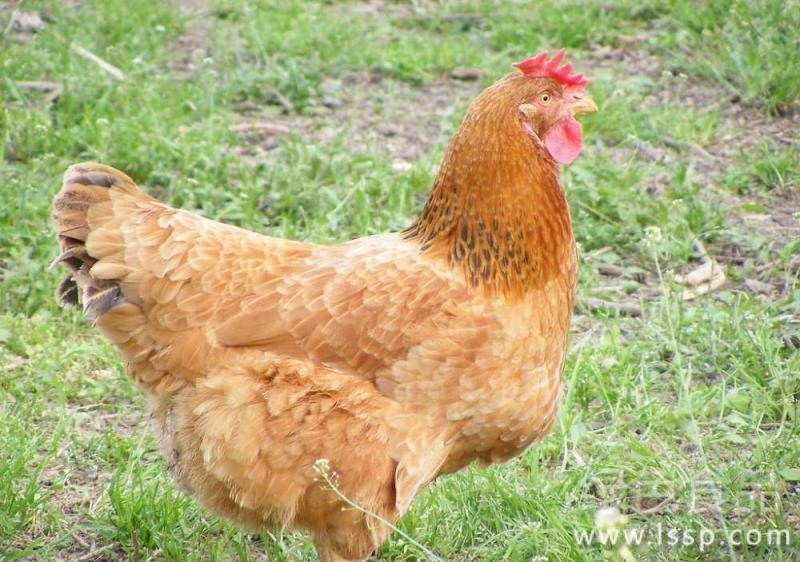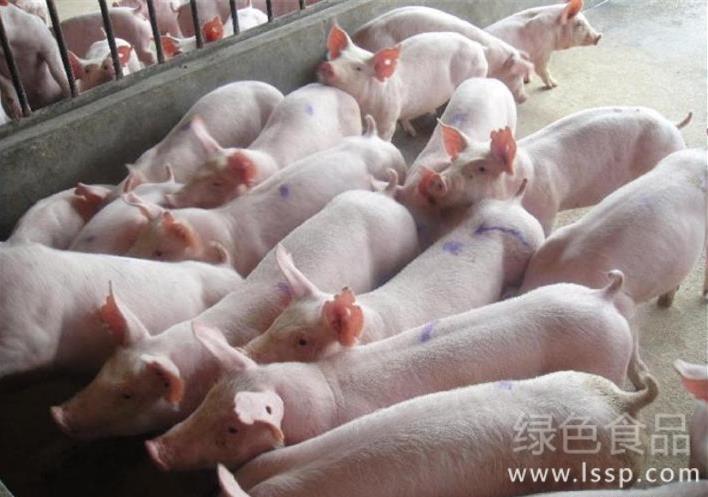Comprehensive prevention and treatment of glandular gastritis in big chicken
The main characteristics of chicken glandular gastritis are chicken growth retardation, weight loss, uneven size, glandular stomach enlargement, glandular stomach nipple erosion. The disease has the advantages of early onset, long course and high morbidity, and the mortality is closely related to the secondary disease. The clinical symptoms were not obvious in the initial stage, but the mortality increased in the later stage, such as Escherichia coli, mycoplasma, Newcastle disease, coccidiosis, enteritis and so on.

Chicken
Clinical symptoms
In the early stage of infection, the chicken was in low spirits, shrunken head and tail, dishevelled feathers, reduced intake of food and drinking water, and slow growth. The weight gain was slow and the laying rate decreased. Most of the diseased chickens discharge white, white-green and yellowish green thin feces, some discharge green feces, the feces contain undigested feed, and the feathers around the anus are contaminated by feces. In the later stage of secondary disease, there are obvious respiratory symptoms, cough, open mouth breathing and rales. Snoring, eye swelling and tears can be heard in large flocks of chickens. In the middle and later stage of the disease, the respiratory symptoms disappeared, the sick chicken was depressed, afraid of cold, closed eyes and standing, easy to be frightened, necked and tail, wings drooping, feathers dishevelled. Often lying on the ground can not afford, food intake and drinking water are reduced. Some diseased chickens have fluid accumulation in the crop, dilated neck, progressive weight loss, a small number of diseased chickens, claudication can occur and eventually die of failure.
Comprehensive prevention and control measures
Feed quality control. The main cause of chicken glandular gastritis is mycotoxin in feed and some unqualified animal materials, such as meat and bone meal and so on. Therefore, the key to the prevention and control of chicken glandular gastritis is to prevent mycotoxin poisoning and some unqualified animal raw materials. Let the chicken eat fresh feed, when the freshness of the feed can not be guaranteed, Likang can be added to the feed in the proportion of 0.1%, which can detoxify and detoxify, protect the intestinal tract, protect the liver and kidney, and prevent chicken glandular gastritis.
Avoid chicken stress. Among the various factors, the change of feed and injection of bursitis vaccine had a great impact on the intestinal tract of chickens, and chickens were prone to diarrhea. For healthy chickens, sudden feeding and vaccination change the original intestinal environment and are prone to diarrhea. Therefore, in the replacement period, after vaccination of bursitis vaccine, the use of intestinal drugs for prevention, to maintain gastrointestinal health in chickens to reduce the incidence of glandular gastritis.
Early diagnosis and early treatment. If the disease takes a long time, the best time for treatment will be lost, and the loss outweighs the gain. When it is found that chickens eat slowly, pull feed stool, do not cure for a long time, and there is no high death rate, it should be considered that the chicken is infected with glandular gastritis. Use drugs that can improve food intake, repair damaged digestive tract mucosa, resist bacteria and reduce inflammation, and enhance immunity. At the same time, it is necessary to promote the excretion of toxins, liver protection and detoxification of chickens. Generally choose compound vitamin B, cod liver oil, cimetidine, dysentery peptide, glandular stomach Kang and other comprehensive treatment.
- Prev

How to prevent and cure selenium deficiency in raccoon dogs
Selenium deficiency has obvious regionality. Generally speaking, the selenium deficiency of human beings and animals is caused by the selenium deficiency geological environment, especially in the years with more autumn rain, the selenium in the surface soil is lost with Rain Water, mainly herbivores or omnivores, it is difficult to obtain enough selenium from plants, thus causing selenium deficiency. The narrow areas from northeast to southwest of China are selenium-deficient areas, especially in the western part of Heilongjiang Province and Liangshan in Sichuan Province. The concentration of selenium in organs and tissues of selenium-deficient animals decreases. Under the actual production conditions, liver necrosis or muscle necrosis may occur.
- Next

Although sweet potato is nutritious, there are four taboos for feeding sweet potato properly to pigs.
Although sweet potato is nutritious, there are four taboos for feeding sweet potato properly to pigs.
Related
- On the eggshell is a badge full of pride. British Poultry Egg Market and Consumer observation
- British study: 72% of Britons are willing to buy native eggs raised by insects
- Guidelines for friendly egg production revised the increase of space in chicken sheds can not be forced to change feathers and lay eggs.
- Risk of delay in customs clearance Australia suspends lobster exports to China
- Pig semen-the Vector of virus Transmission (4)
- Pig semen-the Vector of virus Transmission (3)
- Five common causes of difficult control of classical swine fever in clinic and their countermeasures
- Foot-and-mouth disease is the most effective way to prevent it!
- PED is the number one killer of piglets and has to be guarded against in autumn and winter.
- What is "yellow fat pig"? Have you ever heard the pig collector talk about "yellow fat pig"?

